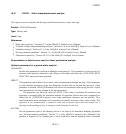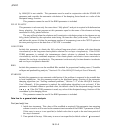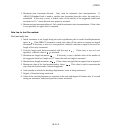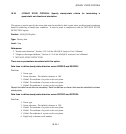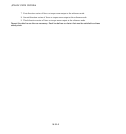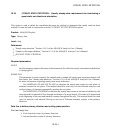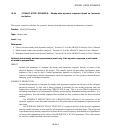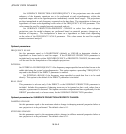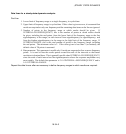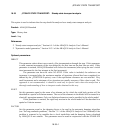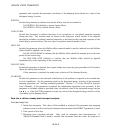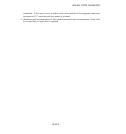*
STEADY STATE DYNAMICS
18.34
*
STEADY STATE DYNAMICS: Steady-state dynamic response based on harmonic
excitation.
This option is used to calculate the system’s linearized steady-state response to harm onic excitation.
Product: ABAQUS/Standard
Type: History data
Level: Step
References:
•
“Direct-solution steady-state dynamic analysis,” Section 6.3.4 of the ABAQUS Analysis User’s Manual
•
“Mode-based steady-state dynamic analysis,” Section 6.3.8 of the ABAQUS Analysis User’s Manual
•
“Subspace-based steady-state dynamic analysis,” Section 6.3.9 of the ABAQ US A nalysis User’s Manual
Optional and mutually exclusive parameters (used only if the dynamic response is not based
on modal superposition):
DIRECT
Include this parameter to com pute the steady-state harmonic response directly in terms of the
physical degrees of freedom of the model. This usually makes the procedure significantly more
expensive, but it can be used if model parameters depend on fre quency, if the stiffness of the
system is unsymmetric and the unsymmetric terms are important, or if the system contains discrete
damping (such as dashpot elements).
SUBSPACE PROJECTION
Include this parameter to compute the steady-state harmonic response on the basis of the subspace
projection method. In this case a direct solution is obtained for the model projected onto the
eigenvectors obtained in the preceding
*
FREQUENCY step. This is a cost-effective approach to
including consideration of unsymmetric stiffness and frequency-dependent model param eters. It is
more expensive than the modal superposition method but less expensive than the direct-solution
method.
Set SUBSPACE PROJECTION=ALL FREQUENCIES (default) if the projection of the
dynamic equations onto the modal subspace is to be performed at each frequency requested on the
data lines.
Set SUBSPACE PROJECTION=CONSTANT if a single projection of the dynamic equations
onto the modal subspace is to be used for all frequencies requested on the data lines. The projection
is performed using model properties evaluated at the center frequency determ ined on a logarithm ic
or linear scale depending on the value of the FREQUENCY SCALE parameter. This value cannot
be used for coupled acoustic-structural analysis.
18.34–1
ABAQUS Version 6.1 Module:
ID:
Printed on:



